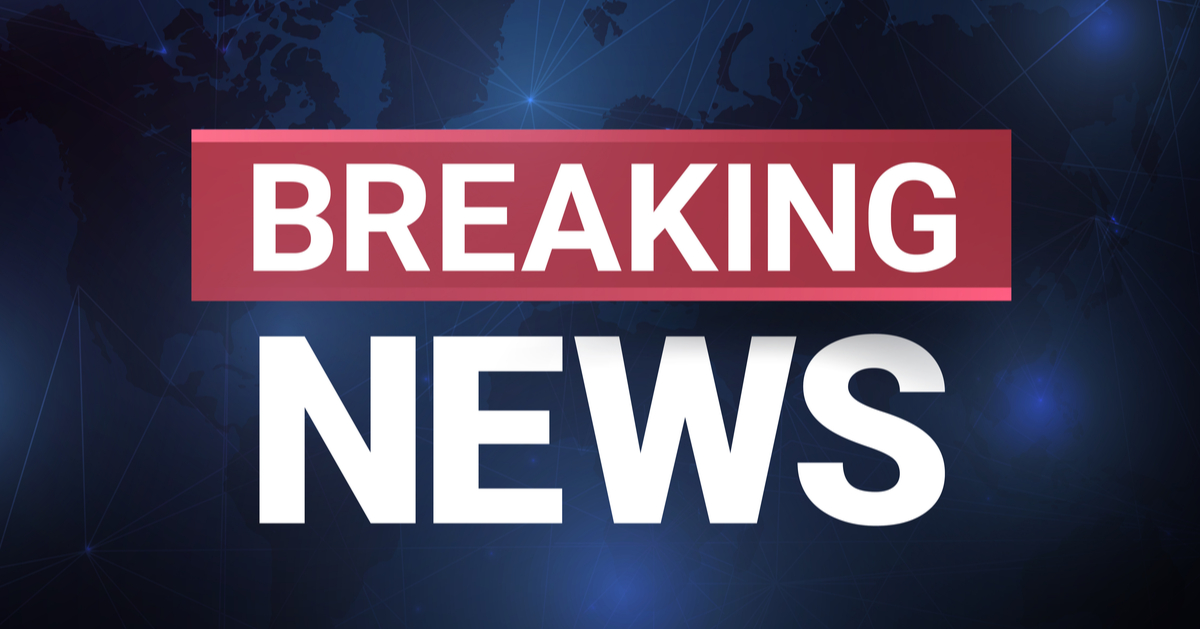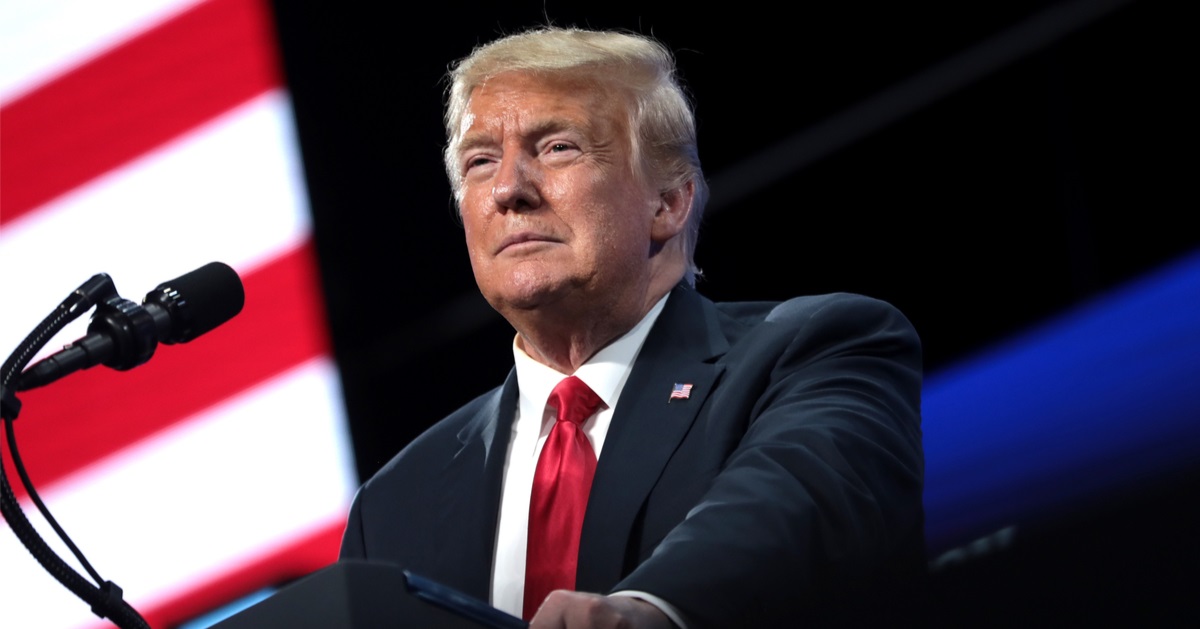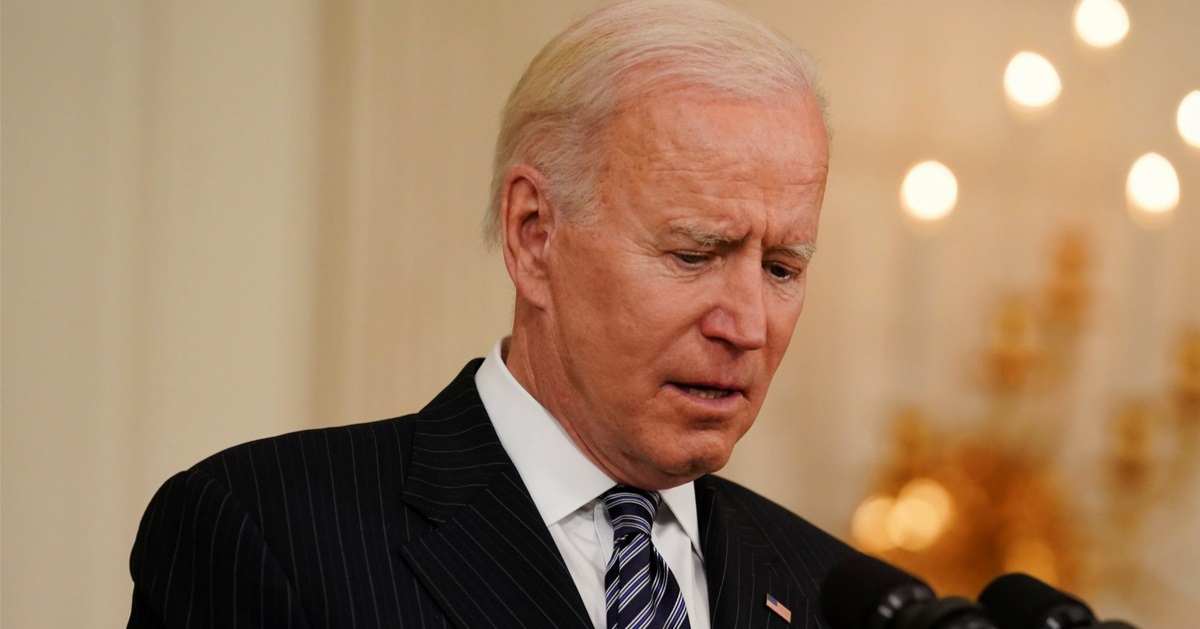Trump's tariffs provide $27 billion U.S. budget surplus for June
There have been many critics of President Donald Trump's tariffs and trade policies, some of whom argued that the additional duties charged on imported goods would prove ineffectual at raising revenue, or worse, would actually make trade deficits worse.
It was announced on Friday, however, that Trump's tariffs resulted in a revenue surplus of nearly $27 billion for June, according to Yahoo!Finance.
That news capped off a "whirlwind week" for the president, during which he extended until August the deadline for new reciprocal tariffs on U.S. trading partners and notified more than a dozen other countries of what those modified rates would be if they refused to negotiate new trade deals.
Tariffs result in a monthly budget surplus
On Friday, the Treasury Department released its Monthly Treasury Statement, which tracks all of the federal government's financial receipts and outlays, and it contained some unexpected good news concerning tariff revenue, also known as customs duties.
Overall, the U.S. government took in around $526 billion in total receipts in June, which left a roughly $27 billion surplus after the approximately $499 billion in total outlays were deducted.
Coincidentally, that monthly surplus for June matched the nearly $27 billion in receipts from customs duties for the month, which was up from the $22 billion raised by tariffs in May.
Thus far in the 2025 Fiscal Year, a total of $108 billion has come into the government's coffers via tariffs, which is almost double the nearly $56 billion in tariff revenue at the same point last year.
To be sure, the U.S. government is still running with an overall budget deficit, currently pegged at around $1.3 trillion on the year so far, but if Trump's tariffs can continue to provide a modest monthly surplus through the end of September, or at least help keep revenues and outlays even going forward, the annual deficit for FY2025 will be well below the $1.8 trillion deficit for FY2024.
Deadline extended, new rates revealed
In related news this week, Yahoo!Finance reported that President Trump extended the effective deadline for his reciprocal tariffs, first announced in April, from July 9 to August 1, at which point "the big money will start coming in," he claimed during a Cabinet meeting on Wednesday.
Following the initial delay from April to July, Trump set a 10% base rate tariff on most U.S. trading partners, which he suggested might be increased to 15-20% in the interim.
The president also sent letters to recalcitrant trading partners to inform them of the increased tariff rates they'll face after August if they continue to refuse to forge new and more balanced trade deals.
That included notifications of 30% tariffs on goods from the European Union and Mexico, 35% tariffs on most Canadian goods, and up to 50% tariffs of products imported from Brazil, among more than a dozen others.
Markets understand that Trump's policies are working
When President Trump first announced his reciprocal tariffs policy in April, the markets initially panicked, spurred on by doomsayer Democrats and the media, before eventually recovering and continuing a steady rise in value.
After the latest announcements this week of another extension of the effective date and even higher promised rates, the markets largely "shrugged off" the gloomy predictions from Trump's critics, perhaps because it has become evident that the tariffs are working to increase revenue, reduce the deficit, and level the trading playing field.




